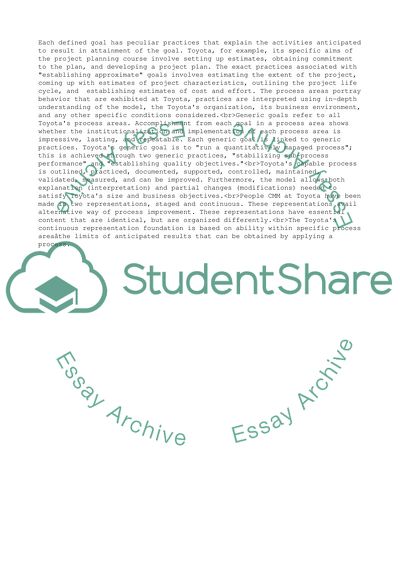Applying People CMM to Your Organization-Part 2 Essay. Retrieved from https://studentshare.org/management/1630402-applying-people-cmm-to-your-organization-part-2
Applying People CMM to Your Organization-Part 2 Essay. https://studentshare.org/management/1630402-applying-people-cmm-to-your-organization-part-2.


